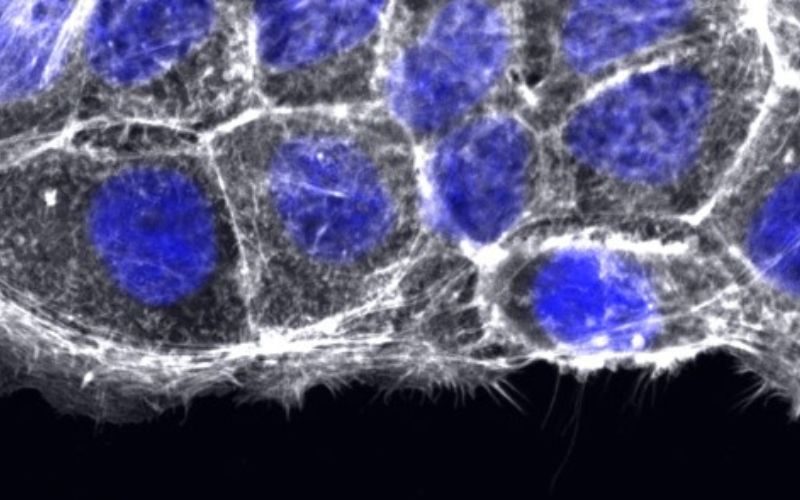
What do human lungs, flowering trees, and microscopic molecular motors have in common? They’re all part of the Qin Lab’s bold and wide-ranging scientific mission. At the Texas A&M Department of Biology, Dr. Hongmin Qin and her team explore the complex world of biological structures—from the cellular to the agricultural—using cutting-edge tools like 3D printing, gene editing, and nanoscale engineering.
One major focus is understanding how ciliated lung cells—the tiny hair-like structures that help us breathe—respond to extreme environments like pollution or temperature stress. These cells are modeled in 3D lab-grown systems to mimic real lung tissue, helping researchers explore new possibilities for respiratory health and bioengineering.
The lab also works to protect Texas’s iconic crapemyrtle trees by studying their interactions with invasive pests like the crapemyrtle bark scale. By decoding how plants and pests communicate at the molecular level, the Qin Lab is helping to develop sustainable, science-based pest control strategies that reduce reliance on pesticides. In the field of plant breeding, Dr. Qin's team is enriching the germplasm resources by developing tissue culture protocols and transformation technologies for difficult woody plants.
On the molecular scale, the lab is unraveling how cells build and move with the help of flagella—nature’s tiny motors. These structures also serve as inspiration for biosynthesizing protein nanoarrays, engineered components that could power new technologies in medicine or industry.
Why it matters: Whether it’s preventing the spread of invasive insects, improving plant genetics, or engineering protein structures from scratch, the Qin Lab’s work has real-world impact. Their research bridges basic biology and applied science to solve problems that affect health, agriculture, and beyond.
